
Five Women Artists You Should Know
Post filed in: Fine Art
In recognition of the many women artists who shape our cultural landscape and challenge us to reflect on the world around us, GSA is excited to highlight five women artists in the GSA Fine Arts Collection we think you should know about.
MAYA LIN
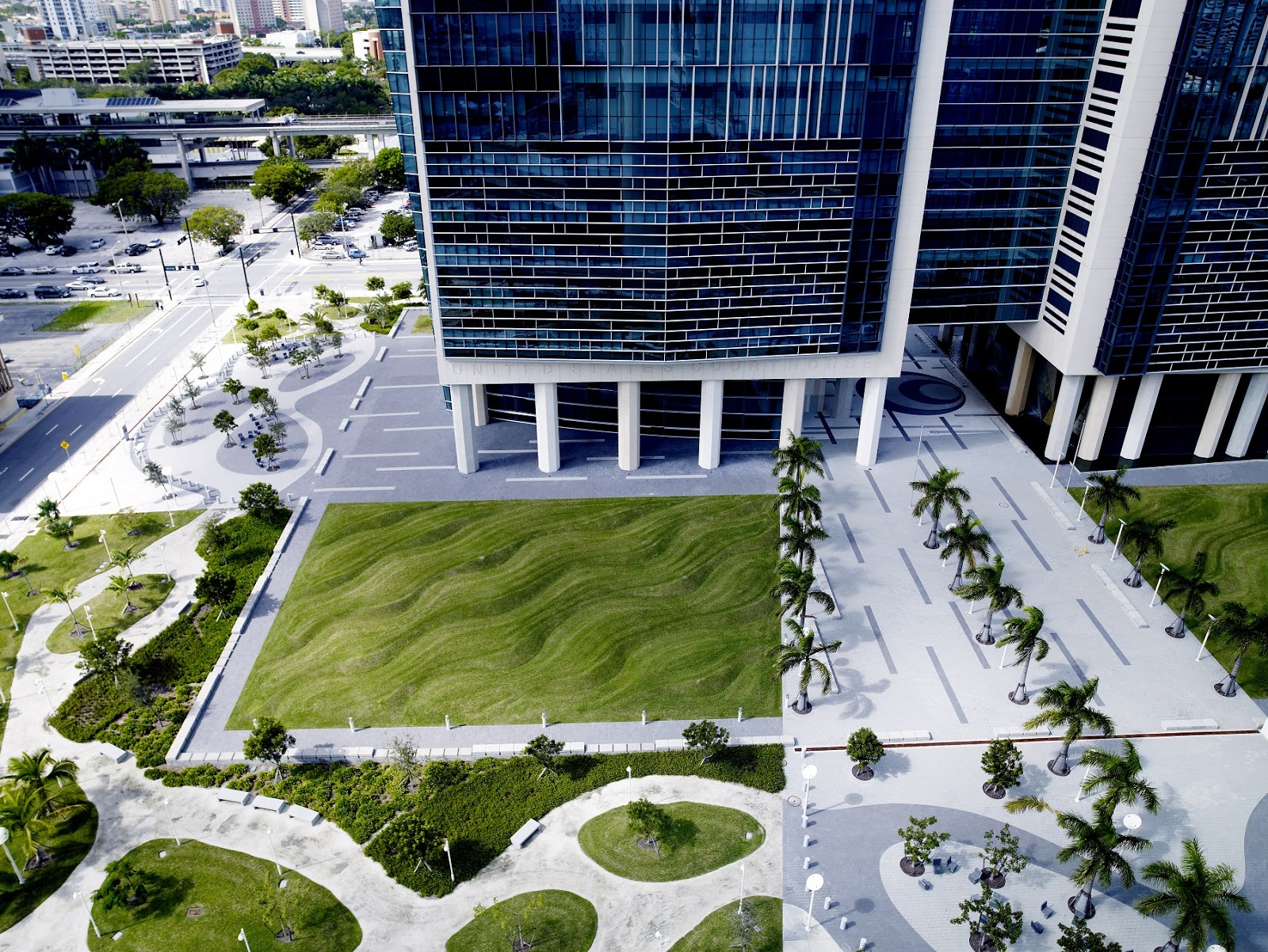
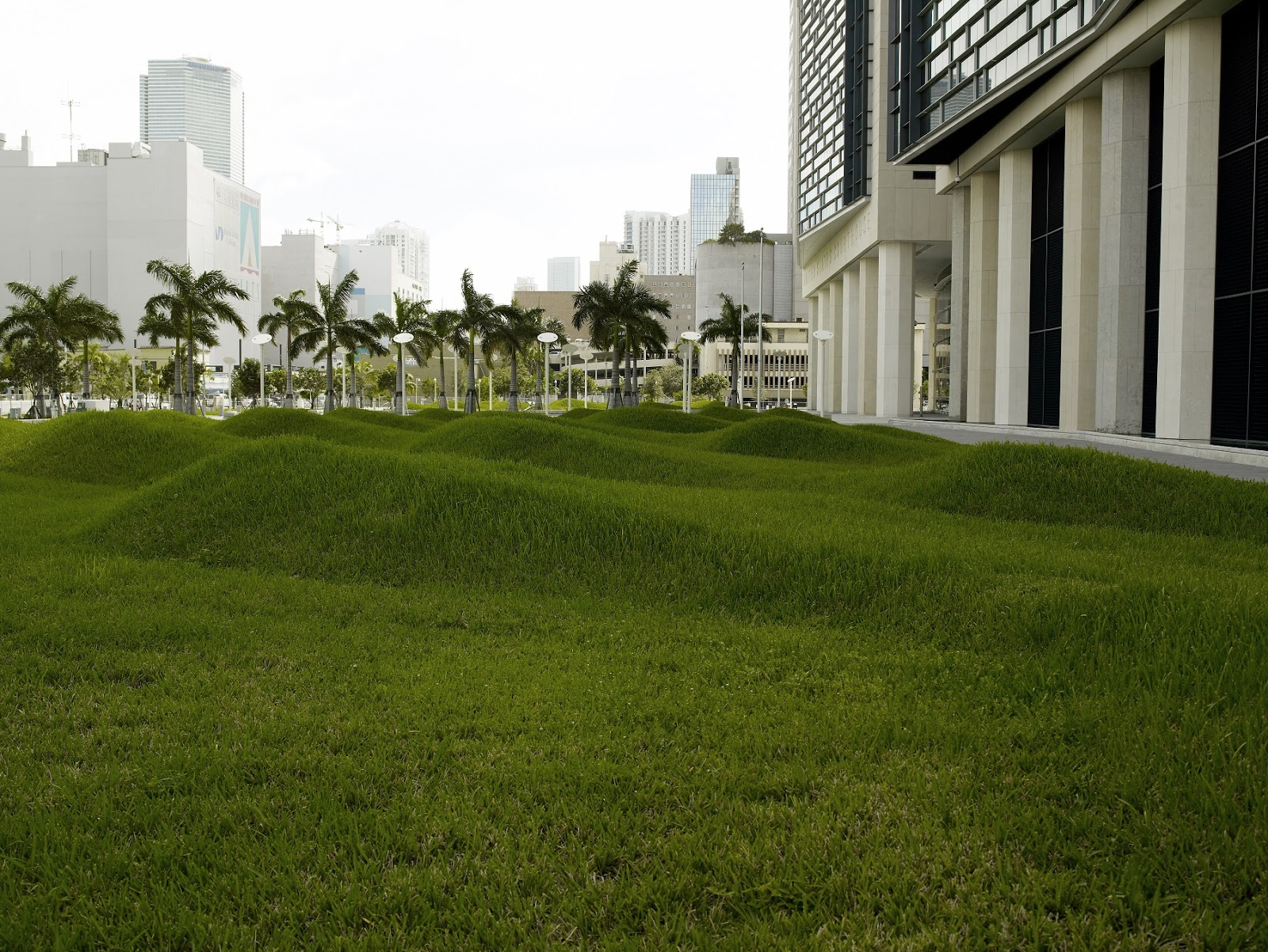
In 1996, Maya Lin completed her first GSA Art in Architecture commission, Sounding Stones, for the Daniel Patrick Moynihan U.S. Courthouse in New York City. In 2005, she completed another GSA art commission, Flutter, for the Wilkie D. Ferguson, Jr. U.S. Courthouse in Miami, Florida. Lin is perhaps best known for designing the Vietnam Veterans Memorial on the National Mall in Washington, D.C. As an undergraduate architecture student at Yale University, Lin received international recognition for her 1982 design of this enduring memorial. Her work often considers the intersection of art and architecture, how we move through space, as well as our relationships to the natural world. In this spirit, Flutter fosters an immersive experience for visitors, who are invited to traverse the rising and falling waves of soil and grass that comprise this mesmerizing earthwork outside the federal courthouse in Miami.
TERESITA FERNÁNDEZ
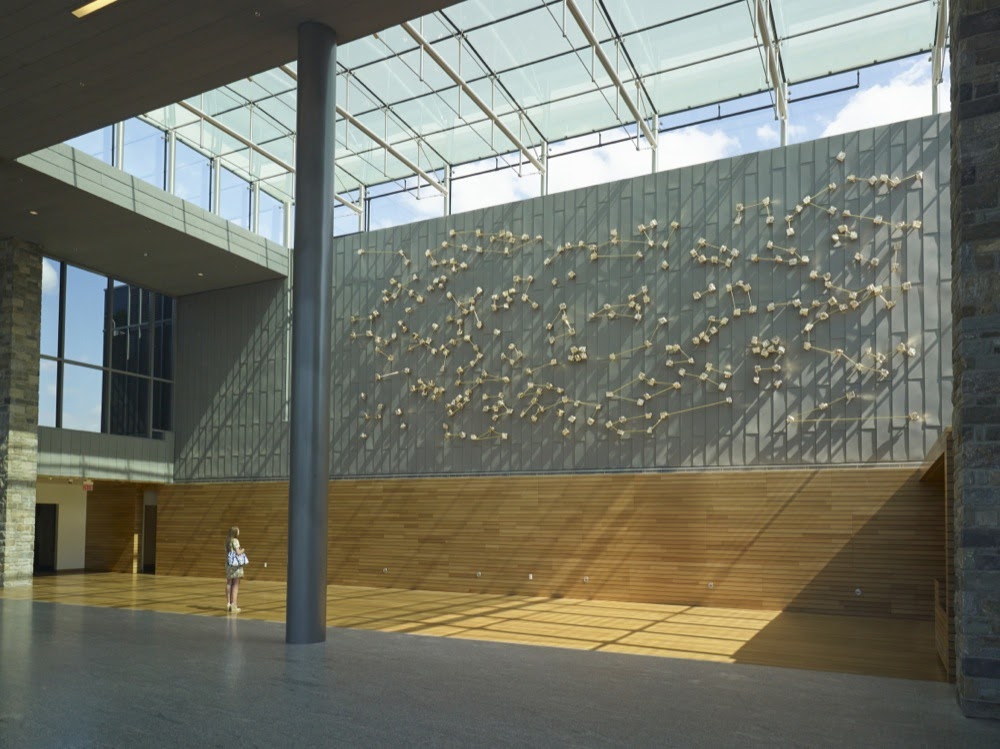
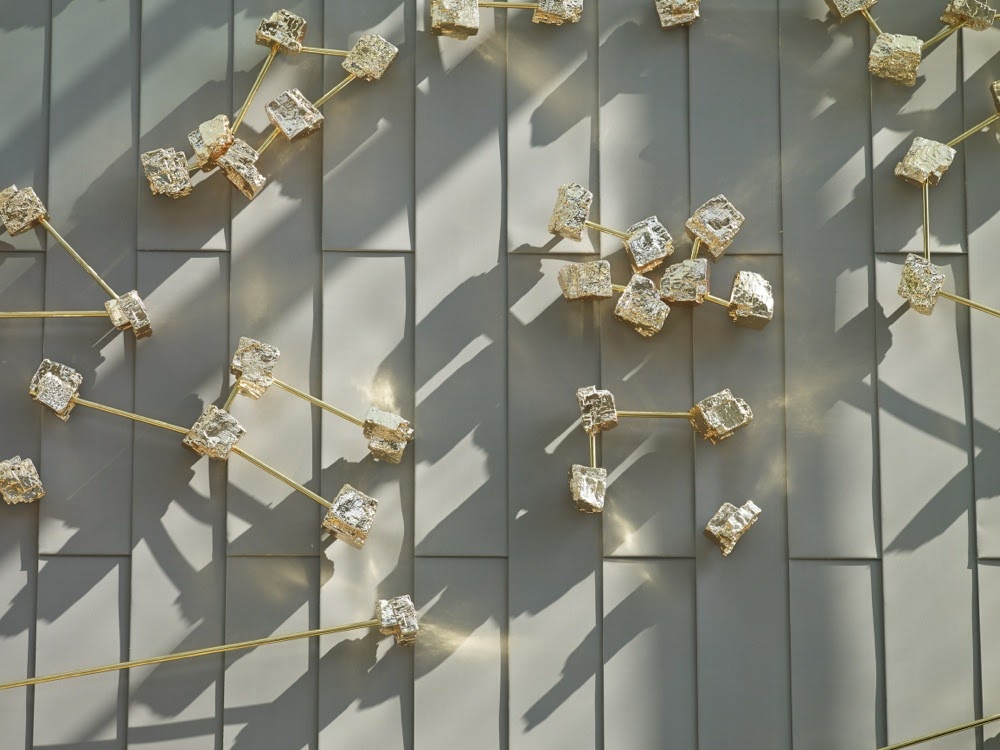
In her 2013 sculpture, Nocturnal (Navigation), Teresita Fernández designed a network of constellations that mimic a navigational star chart. Fernández was inspired by the mission of the U.S. Coast Guard, and her design evokes a long history of maritime navigation by night sky. This wall-mounted installation glitters over the course of the day as sunlight reflects off its many golden points. The overall effect creates an impressive, shimmering display for any visitor to the lobby of the Douglas A. Munro Coast Guard Headquarters Building in Washington, D.C.
AN-MY LÊ
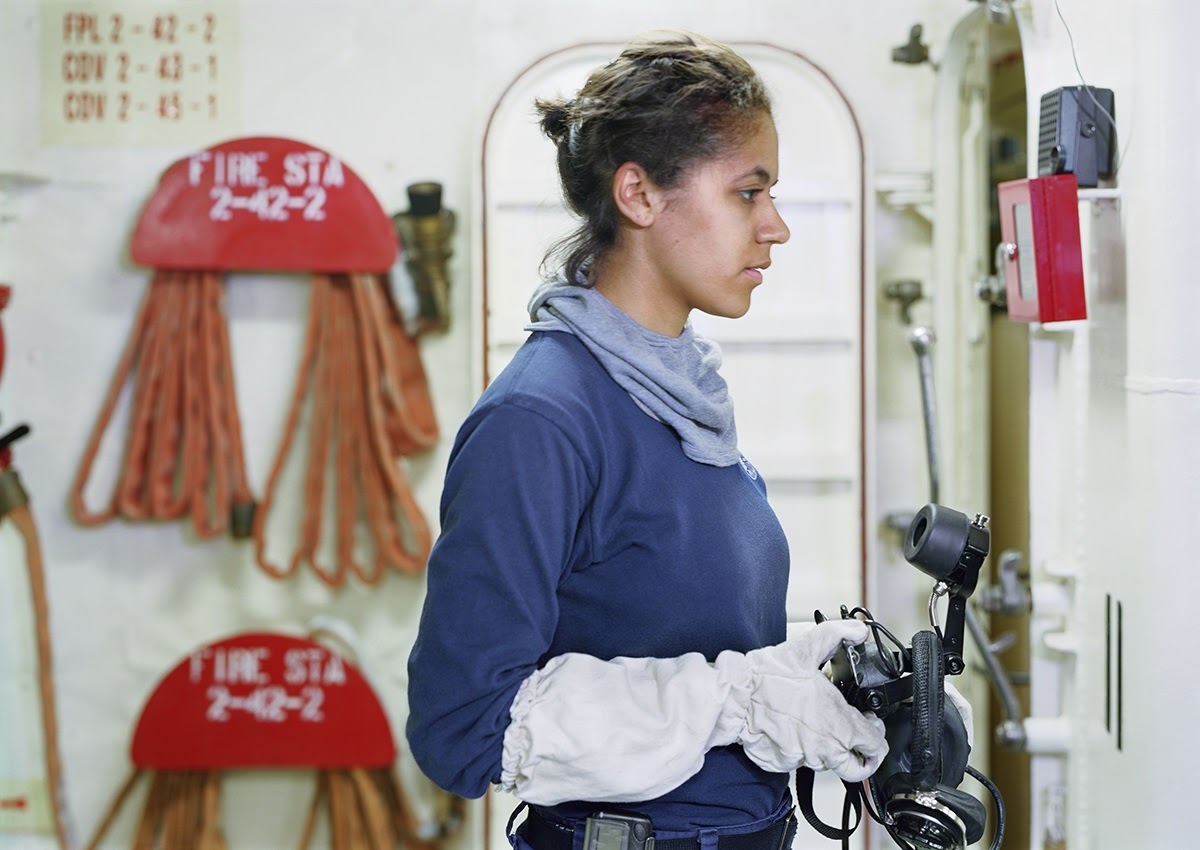
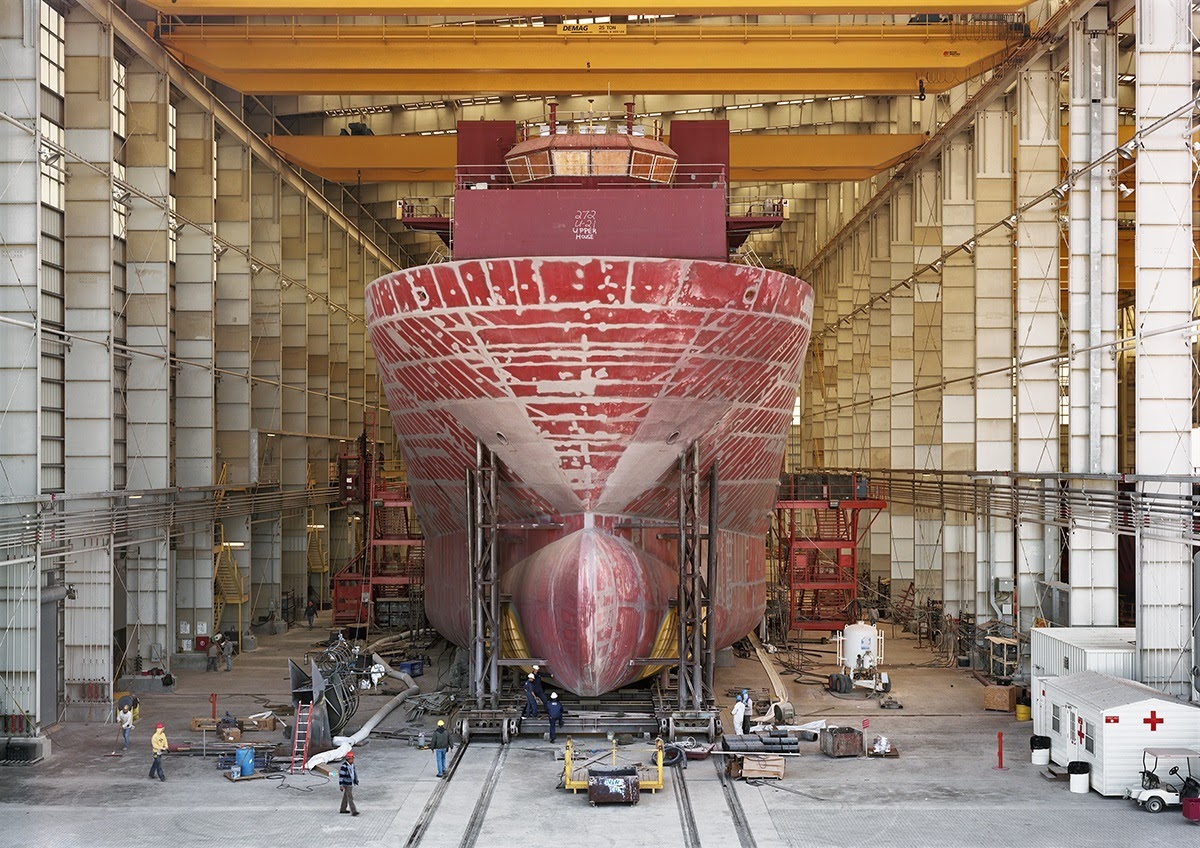
Also located in the Douglas A. Munro Coast Guard Headquarters Building is An-My Lê’s fifty-one photograph series titled True Bearing, completed in 2013. Inspired by the individuals who serve in the U.S. Coast Guard, Lê documented the complex roles and mission of this branch of the U.S. Armed Forces. To create these photographs, Lê traveled with the U.S. Coast Guard across the country, from the sunny shores of Hawaii to the frozen island of Kodiak, Alaska. Her documentary approach resulted in a diverse range of images, from introspective portraits of young cadets on duty to a towering display of an icebreaker vessel in dry dock.
JENNY HOLZER
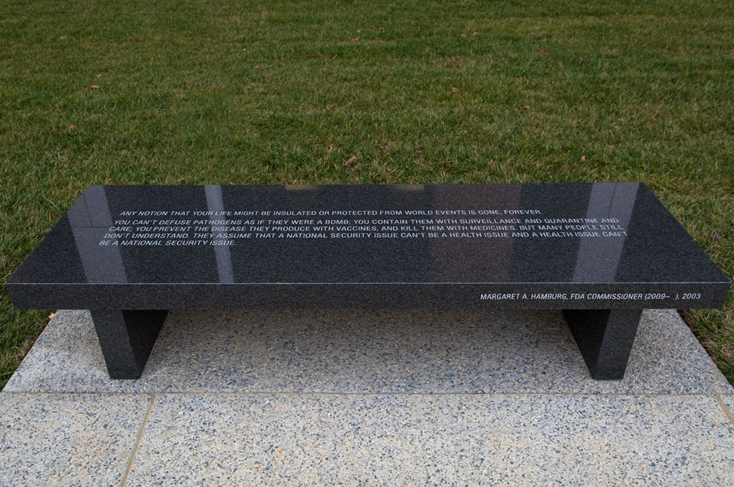
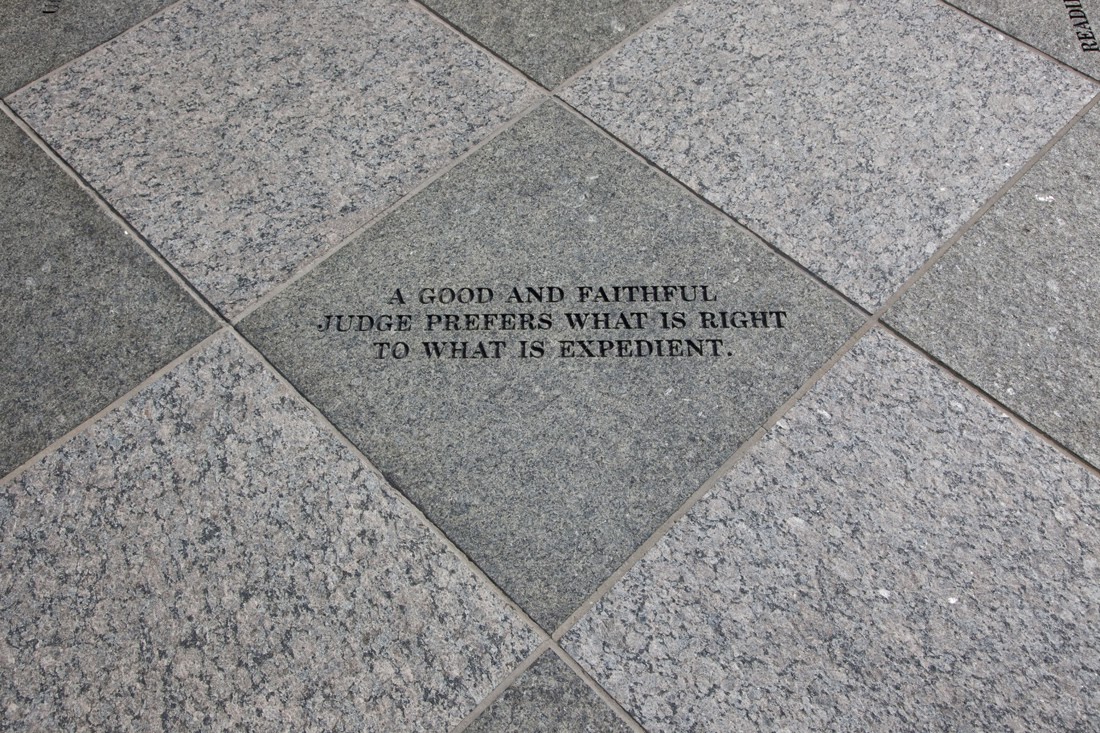
Jenny Holzer has completed three notable commissions through the Art in Architecture program. She created Allentown Benches: Selections from Truisms & Survival Stories in 1995 for the Edward N. Cahn Federal Building and U.S. Courthouse in Allentown, Pennsylvania. Another artwork, Installation for the U.S. Courthouse and Federal Building, from 1999, is at the Robert T. Matsui U.S. Courthouse in Sacramento, California. And her most recent commission is For the FDA, completed in 2012 for the FDA Headquarters at the White Oak Federal Research Center in Silver Spring, Maryland. For each artwork, Holzer inscribed a series of written excerpts on benches or paving tiles. By isolating these words from their original contexts, the inscriptions take on new meanings depending on the reader. Each of us brings our own set of experiences to these words, and in this way, the artist challenges us to question whether words are truly set in stone, or if their meanings are ever-changing. One of the inscribed benches on the FDA campus includes a 2003 quote from the FDA commissioner that could have been written yesterday. In light of this past year and how the pandemic has changed our lives, these words carry a new significance today:
“Any notion that your life might be insulated or protected from world events is gone, forever. You can’t defuse pathogens as if they were a bomb; you contain them with surveillance and quarantine and care; you prevent the disease they produce with vaccines, and kill them with medicines, but many people still don’t understand. They assume that a national security issue can’t be a health issue and a health issue can’t be a national security issue.”
MARY LOVELACE O’NEAL
The GSA Fine Arts Collection also includes two 1993 paintings by Mary Lovelace O’Neal at the Ronald V. Dellums Federal Building in Oakland, California. O’Neal assigned whimsical titles to these abstract paintings: Mermaid and Whales at Dinner and When Aunti Meets Kimi for Suchi. O’Neal was active during the Civil Rights Movement, and while many of her artworks include social commentary, these two paintings primarily explore the artist’s interest in expressive abstraction, using a mix of traditional and non-traditional media. Each painting measures over 6 x 11 feet, and features vivid, assertive brushstrokes on canvases that O’Neal has repeatedly re-worked, edited, and built upon. The planes of colors are porous, and often do not extend to the canvas borders, which allows viewers to glimpse the many underlying layers of color and frenetic brushwork. O’Neal’s paintings lead us through the dynamism of the creative act, and their balletic compositions offer compelling and rewarding visual pleasure.
These five women represent a small selection of the many talented women who have created thought-provoking artwork for the American public over the past 50 years of the Art in Architecture program. We welcome you to explore the GSA Fine Arts Collection online to discover these incredible artworks and the women who painted, photographed, designed, weaved, and sculpted them.

 U.S. General Services Administration
U.S. General Services Administration
